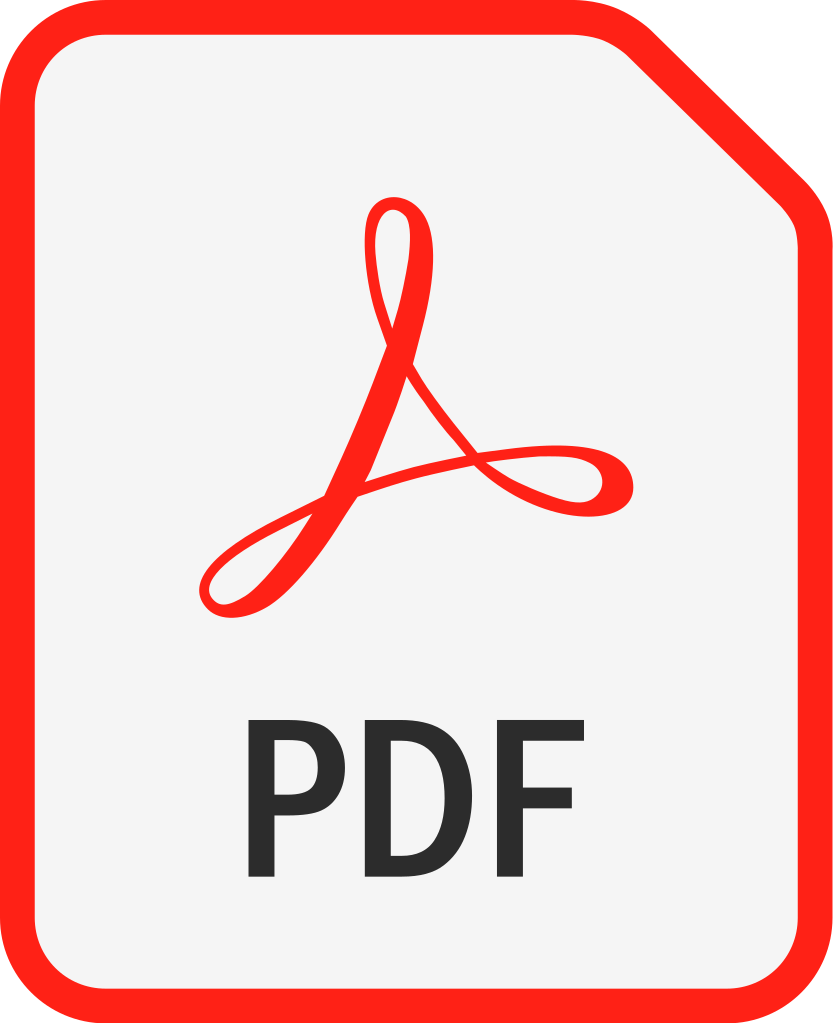The many advantages of direct flush make it the ideal system for commercial and public toilets. We review these benefits below.
Toilets with cisterns were designed for domestic use and they are not ideally suited to the demands of the commercial environment. However, they are often specified in public places because they require a lower initial investment, but this calculation proves to be misguided in the medium to long term.
Concerns about cisterns
Cistern flushing does not stand up well to use in the public domain. Comprising plastic components, the mechanism is subject to intensive use and, sometimes, rough handling.
From a sanitary point of view, WC cisterns that are not used for several days pose a risk. Standing water at room temperature is conducive to bacterial development, which may be spread in aerosol format when the toilet is flushed.
The build-up of dirt and scale in the cistern may eventually damage the seal and result in a slight leak which can be difficult to spot. WC cisterns are the main source of water wastage in sanitary facilities, accounting for 20-43% of domestic water used.
Maintenance can be time consuming where there are a large number of toilets. It can be difficult to access and remove the mechanism of recessed models and frequent maintenance may be required, at a time when there is ongoing pressure to reduce the number of maintenance staff.
Advantages of direct flush
Direct flush vales are designed to meet the demands of highly frequented public toilets. The solid brass mechanism and shockproof control button will withstand intensive use and vandalism. Although they are more expensive than systems made from plastic components, they are more cost effective in the long term thanks to low maintenance costs and water savings.
Maintenance is limited to simply replacing the standard cartridge, and with direct access to the mechanism, replacement is easy without needing to remove the valve.
The direct flush valve design reduces the risk of leaks. An undetected cistern leak can result in a loss of 220m³/year, which equates to £770/year per WC (at £3.50/m³ of cold water*).
The direct flush system allows successive flushes if necessary and is immediately available for consecutive users. Furthermore, the pressure alone guarantees an effective flush with only one flush.
For optimised water consumption, direct flush is available as a 6 litre single flush and 3/6 litre dual flush.
In addition to the durable materials and water savings, architects appreciate the compact nature of the direct flush system (there is no need to allocate prime space to a cistern). They are also very interested in the design, an important factor at work stage 2 (RIBA stage C), which is taken into account during product development.
Plus points for comfort
Hygiene is without doubt the first quality criteria of sanitary facilities in a building. This is can be safeguarded by the absence of standing water in the system. The user appreciates an electronic valve which avoids any physical contact with the flush control button.
In hotels, healthcare facilities and offices a short 7-second flush with no refill time enhances the acoustic comfort of users.
Diameter matters
Direct flush cannot directly replace WCs with a cistern in simple renovation projects. During specification it is imperative to consider intensive use, efficiency and vandalism.
Indeed, the effective diameter of the water outlet (3/4") differs from that of a cistern (1/2"). Direct flush is therefore the preserve of new builds and major renovation works.
Ad hoc products
For 30 years DELABIE has been developing direct flush WCs for commercial applications.
In addition to the classic brand offering, there are two new additions to the range this year. TEMPOFLUX 2 on a frame system is now available for integrated panel systems (IPS). The frame is mounted with a 3/6L dual flush valve with integrated stopcock. The flow rate can be adjusted to the mains pressure and also to suit children’s WC pans.
TEMPOFLUX 2 cross wall (for partitions) also features a dual flush valve. The only one available on the market currently, it is ideal for prisons and healthcare facilities. Maintenance is simple, with access behind the partition, away from the user area.
* Cold water costs £3.50/m³ include water supply and waste water and are for metered properties. Source: southernwater.co.uk 2014.


